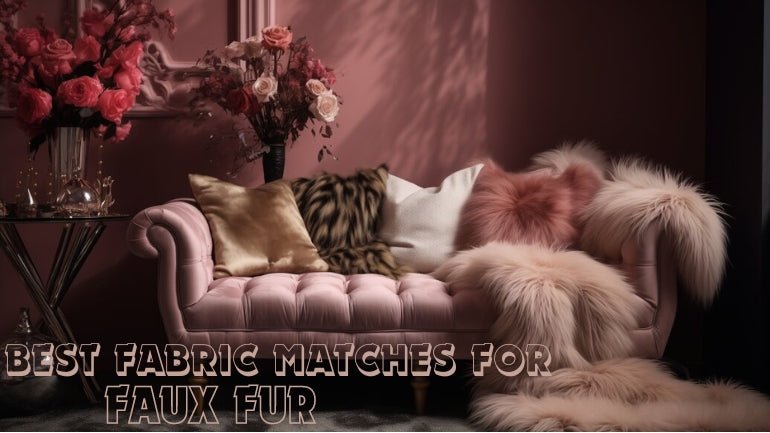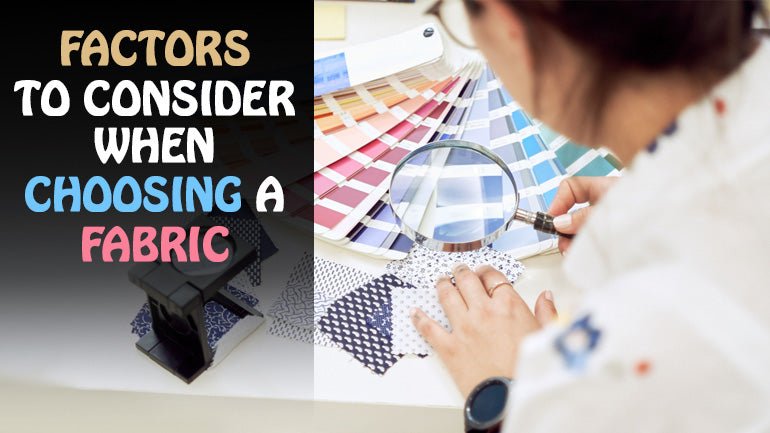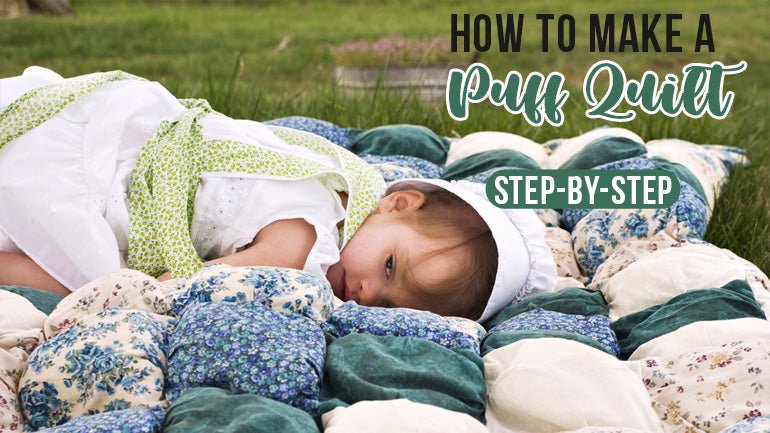Faux fur fabric is a popular choice for those seeking the luxurious look and feel of real fur without ethical concerns.
In the world of fashion, faux fur has made a significant impact. It has revolutionised how we think about style and comfort and become a symbol of ethical and sustainable fashion.
Faux fur, short for "fake fur," is a synthetic material designed to mimic the appearance and texture of real animal fur without animal involvement. It is a humane and ethical alternative to genuine fur, making it an attractive choice for individuals who wish to enjoy the luxurious look and feel of fur without supporting the fur industry. Its soft texture and warmth make it a favoured material for various applications. However, to bring out the best in faux fur, pairing it with the right fabric is crucial.
Choosing the appropriate fabric can enhance its visual appeal, durability, and overall performance, making the combination a win-win for aesthetics and functionality.
Properties of Faux Fur Fabric
The properties of faux fur make it the best choice for everyone. These properties encompass texture and feel, weight and density, durability and longevity, and maintenance and care considerations. Faux fur fabric typically replicates the look and feel of natural fur, offering a soft and plush texture that adds a cosy and elegant touch to various items.
The weight and density of the fabric determine its warmth and suitability for different applications, with denser options providing better insulation and a more luxurious appearance. Additionally, faux fur fabric is often designed to be durable and long-lasting, with proper care ensuring that it retains its appeal over time.
Top Fabric Matches for Faux Fur and Their Benefits
1. Velvet
Velvet is a top choice for pairing with faux fur due to its similar luxurious feel. These two fabrics create a rich texture, perfect for crafting elegant garments such as jackets, vests, and accessories. The smooth and soft surface of velvet complements the plushness of faux fur, adding a sophisticated touch to any ensemble.
Buy Velvet Fabric and make your craft a unique look.
2. Satin and Silk
Satin and silk are known for their smooth and lustrous finishes, making them an excellent match for the textured surface of faux fur. These fabrics are commonly used as lining materials for faux fur jackets and throws, enhancing comfort and providing a luxurious feel against the skin.
The combination of faux fur with satin or silk can elevate the overall look of the garment, making it a stylish and comfortable choice for colder days.
Expand your knowledge on Satin vs Silk.
3. Denim
Despite its sturdy nature, denim is a striking contrast to the softness of faux fur, creating an edgy and comfortable fashion-forward combination.
The durability of denim complements the plushness of faux fur, making it an ideal choice for creating unique and stylish items such as faux fur-trimmed denim jackets. This pairing adds a touch of playfulness and modernity to everyday outfits, making a bold fashion statement.
4. Wool and Knits
Pairing faux fur with wool or knits is an excellent choice for those residing in colder climates or seeking winter-appropriate garments. The warmth of wool and the textural appeal of knitted fabrics create a cosy and comfortable ensemble. This combination is suitable for crafting winter coats, scarves, and other cold-weather accessories, ensuring style and functionality during chilly days.
5. Leather and Faux Leather
Combining faux fur with leather or faux leather results in a modern and edgy aesthetic, popular in fashion and accessories.
The contrasting textures of these materials add depth and visual interest to jackets, boots, and various fashion accessories. This pairing shows elegance, making it a popular choice for those looking to make a bold, sophisticated fashion statement.
6. Cotton Blends
Cotton blends are known for their breathability and versatility, making them a practical choice for pairing with faux fur in various applications. These blends are commonly used for creating interior decor items such as pillows or throws, adding a cosy and inviting touch to living spaces.
The combination of faux fur with cotton blends ensures both comfort and style, making it an ideal option for those seeking to enhance the aesthetic appeal of their home decor.
Factors to Consider When Pairing Faux Fur
Choosing the right fabric to pair with faux fur is a decision that should be made considering various factors. These factors include the intended use of the final product, the desired look and feel, care and maintenance requirements, durability and wear considerations.
Each of these factors plays a crucial role in determining the success of your faux fur project.
Intended Use
One of the most important considerations when pairing faux fur with other fabrics is the intended use of the final product. Are you creating clothing, accessories, or home decor items? The choice of fabric should align with the function of the item.
For instance, if you make a warm winter coat, you'll want a fabric pairing that offers insulation and style. On the other hand, if you're crafting a decorative throw pillow, comfort and aesthetics may be the primary considerations.
Desired Look and Feel
The look and feel you want to achieve in your project will influence the fabric choices. Are you aiming for a glamorous, luxurious appearance or a casual, cosy look?
Faux fur offers a plush and soft texture, but the combination with the right fabric can enhance or contrast this texture to achieve the desired aesthetic. For example, pairing faux fur with satin creates a sleek and elegant appearance, while combining it with knits results in a cosy and textured look.
Care and Maintenance of Combined Materials
Consider how you'll maintain the final product when choosing fabric pairings. Different fabrics have different care requirements. While faux fur may be relatively low-maintenance, than other fabrics, such as dry cleaning or delicate washing, may need special care.
Ensure that both fabrics' cleaning and maintenance instructions are compatible so your creation remains in good condition.
Durability and Wear Considerations
Durability is a vital factor when creating items that will be frequently worn or used. If you're making a faux fur jacket or a decorative throw that will be frequently handled, consider the longevity of the fabric combination.
Some fabrics are more resilient to wear and tear, making them suitable for applications that experience regular use. For instance, if you're sewing a faux fur jacket, combining it with denim ensures a robust and durable outer layer that can withstand everyday wear.
Practical Tips for Sewing and Combining Faux Fur with Other Fabrics
Sewing faux fur and other fabrics can be rewarding but somewhat challenging. To ensure a successful outcome, following practical tips and techniques that make the process smoother is essential.
Here are some tips for sewing and combining faux fur with other fabrics:
Preparing and Cutting the Fabric
Use the Right Tools
When working with faux fur, use a sharp pair of fabric scissors to cut it. Cut only the fabric backing, avoiding cutting through the fur itself. This will help reduce shedding and maintain the fur's appearance.
Mark Seam Allowances
Mark your seam allowances on the backside of the faux fur fabric. This will serve as a guide when sewing, ensuring that your seams are consistent and straight.
Shake and Brush
Before sewing, give your faux fur a good shake to remove loose fibres. Brushing it gently with a wide-toothed comb or a specialized fur brush can further help in preventing shedding.
Recommended Stitch Types and Seam Finishes
When sewing faux fur with other fabrics, choosing the right stitch type and seam finish is essential for achieving a professional and polished look. Opt for a longer stitch length to prevent the fabric from bunching or puckering, especially when working with denser materials.
Use a zigzag stitch or an overlock stitch to secure the seams, ensuring the fabrics are firmly held together without fraying or unravelling. Additionally, consider using a walking foot or a Teflon presser foot to help the fabrics move smoothly through the sewing machine without getting stuck or tangled.
Dealing with Different Fabric Weights and Densities
Combining fabrics with varying weights and densities can present challenges during the sewing process. To effectively manage this, consider using clips or pins to hold the fabrics together before sewing, ensuring they remain aligned and do not shift during the stitching process.
Adjust your sewing machine's tension and pressure settings to accommodate the different fabric layers, preventing any uneven stitching or tension issues. Use a suitable needle size and type, such as a universal needle or a ballpoint needle, to prevent snags or fabric damage during sewing.
Final words
We hope this article will help you know the best fabric match for faux fur. By considering some practical tips and techniques, you can seamlessly sew and combine faux fur with other fabrics, ensuring that the final product is visually appealing, durable, and well-crafted.
Taking the time to prepare the fabrics adequately, select the appropriate stitching methods, and manage varying fabric weights and densities will result in beautifully executed creations that highlight the unique qualities of each material while creating a harmonious and cohesive finished product.



